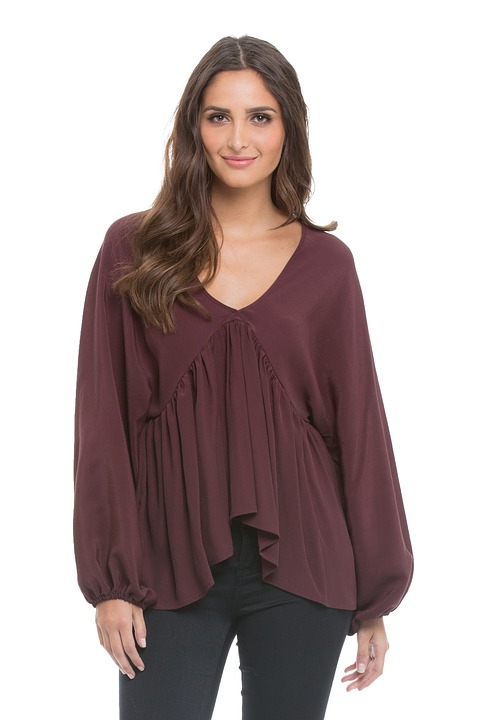In this unit you are going to read about Sophie’s birthday. Then, you are going to listen to Sophie and her cousin Candice talk about Sophie’s birthday and the activities she did on that day. Then, you are going to write questions and answers about Sophie. And finally, she’s going to ask you some questions and you are going to answer them.
At the end of this topic you will express sentences to give and ask for information about people, places and events in the past in your daily life.
To know someone better sometimes is a good idea to break the ice by asking some questions. If you want to know something about your friends, family members, colleagues, relatives or other people’s information about their past, this topic can help you to get that information.
Look at the following questions.
All the previous questions have to do with your past and with the history of your superhero. But… did you see how an open question in simple past is formed?
First of all we need a wh – question word (Click on the wh word to listen to its pronunciation)
Then, we need to add the past tense of the verb to be (Click on the wh word to listen to its pronunciation)
Remember that the form “was” is used for I, he, she and it. And the form “were” is used for you, we and they.
After that, we need a subject, a complement, and finally, the question mark.
Look at these examples:
After a question, we always get an answer.To answer, follow the next pattern
So, check the answers to the possible answers to the previous questions.
Who was your best teacher in secondary school?
My best teacher at secondary school was Mr. Benitez. It wasn’t Mr.Gordon.
When was Julia’s birthday?
Her birthday was last Friday. It wasn’t last Thursday.
What was Marilyn Monroe’s real name?
Her real name was Norma Jean Baker.It wasn’t Hellena Parker.
Where were my keys?
Your keys were on the table. They weren’t in my purse.
How was the soccer match you went?
It was boring. It wasn’t exciting.
So, now that you have checked the previous information, let’s start the exercises of this topic.
Activity 1.
Do you like birthdays? Read the text about Sophie’s birthday. In this exercise you are going to apply your abilities in reading comprehension with the topic of wh questions, which you had already checked previously. In this exercise you are going to match each question to its respective answer.
Drag the different elements from the left column to the appropriate space in the right column. You have two attempts to answer every item. You can know your score at the end of the exercise.

Profivideos. (2015). Cumpleaños, Pastel, Velas. [Fotografía] Recuperado de https://pixabay.com/es/cumplea%C3%B1os-pastel-velas-947438/
Activity 2.
Sophie is talking on the phone to her cousin, Candice. This time Candice wants to know how was Sophie’s birthday.
Click on the image to listen to Sophie talk to her cousin Candice about her birthday. Drag the words in the box to their respective place to complete the conversation between them, using the information given about the wh- questions.
Drag the different options to the appropriate spaces to complete the sentences. You have two attempts to answer the exercise. You can know your score at the end of the exercise.

Unsplash.(2016). Niña, Persona, Mujeres. [Fotografía]. Recuperado de https://pixabay.com/es/ni%C3%B1a-persona-mujeres-joven-1245713/
Activity 3.

Goodman, L. (2014).Niño, Por escrito, escritor, Diario de papel, [Fotografía]. Recuperado de https://pixabay.com/es/ni%C3%B1o-por-escrito-escritor-diario-360791/
It’s time to know more about Sophie! Read Sophie’s biography. After you read it, you will make the appropriate questions to each answer that is going to be presented to you through a text on line.
To post your contribution, click on the Add assignment button. A word processor will appear and you can type your activity or answer. Once you finished, save your work by clicking on the Save changes button
Activity 4.
When you were a child you played a game in which you were asked questions. So, let’s remember those days, but now Sophie wants to play with you. Now, she’s the police officer and you are the thief. She wants to ask you some questions. Answer them, record them and send them to your assessor.
Record your answer in your computer or in your cell phone. Save your answers, and once you finish send the file to your assessor.

Elanusa. (2016). La moda, Prendas de vestir, Mujeres. [Fotografía]. Recuperado de https://pixabay.com/es/la-moda-mujer-prendas-de-vestir-1623092/
Thornbury, S. (2004). Natural Grammar. United Kingdom: Oxford.
Azar, B. and Hagen, S. (2009). Understanding and Using English Grammar. United Kingdom: Pearson Longman.
www.cuaed.unam.mx/english_media
www.ego4u.com